Guide To Table Linen For Winter Service
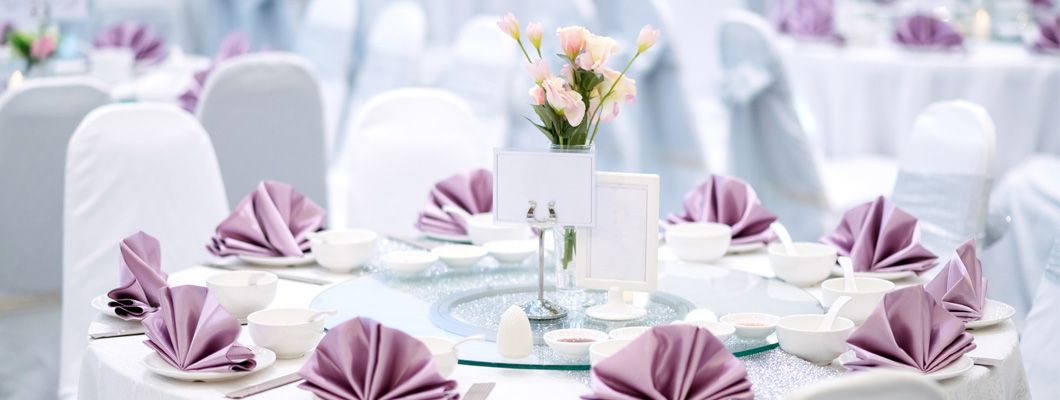
Table linen doesn’t just add a decorative touch to a dining area, it’s also a good hygienic barrier (particularly the wipe clean versions). With so many different types of table linen out there, it can be very confusing knowing which one to choose. We’ve put a detailed guide together to help you make your decision. By the end of it, we expect you to be table linen experts (for both tablecloths and napkins)!
Materials
Table linen is available in an array of different materials, suited to different uses. The main materials are cotton, polyester and linen.
Cotton has a luxurious feel and adds a hint of elegance to any venue. It is very absorbent yet breathable, allowing the free flow of air above the furniture. The main disadvantage of cotton in comparison with linen is that it tends to shrink when washed. Be very careful if you’ve measured your cotton exactly to the size of your tables.
Polyester has similar properties to cotton, being both soft and absorbent, but it doesn’t absorb liquids quite as much as cotton does. This makes it a durable and practical choice for many restaurants and cafes. As well as being hardwearing, polyester is also crease resistant so provides an easy yet smart way to dress tables.
Polycotton is a great blend of materials. Table linen made with50% cotton and 50% polyester is both practical and cost-effective. With the look and feel of cotton, but the strength of polyester, it’s a very popular choice within the hospitality industry. Polycotton offers a practical tablecloth that also looks smart as it doesn’t crease as easily as pure cotton.
What size table linen do I need?
Choosing the size of your table linen can be a very hard decision, but the key is to know the length of drop you want from the top of the table. The best way to work this out is to sit at the table (preferably when you have no customers, in order to avoid an embarrassing situation!), then measure from the top of the table to the top of your legs. This is where the overhang should finish. As a guide, it is usually around 20cm. Don’t forget to measure the width and the length of the table for the core measurements too.
Linen designs
If you’re choosing table linen for the festive period, you may want to consider having a skirting added to your linen. You could opt for an elegant satin band for a more formal look, or you could choose a plain design and brighten it up with table accessories.
White is the most popular colour for table linens and can make a great base for a formal setting. If you’re hosting a special event, you may want to opt for a different colour or style. For example, using dark, cosy colours in the winter can make the surroundings feel warmer for your guests. Bolder colours are also more appropriate in winter, whilst lighter colours are better in spring and summer.
Consider a table liner
Table surfaces are designed with longevity in mind, but as they’re often exposed to wear, tear and spillages, it’s a good idea to add an extra layer of protection with a table liner. If you have the budget, felt liners are best as they are thick and will protect your table against heat and scratches. They don’t look bulky underneath table covers either as they extend over the edge of the table.
Napkins
Linen napkins are a great alternative to disposable paper napkins – not only can they be re-used and are more environmentally friendly, but they are also more economical for businesses. They look extremely smart when dressing a table, particularly when paired with a silver plated napkin ring.
One thing to consider when choosing the fabric for your napkins is whether or not the food you serve is likely to be rich in colouring. Napkins are usually used to mop up food and drink spillages, so you need to be careful when choosing a linen option. If you’re serving carveries with lots of gravy on a regular basis, you may be better opting for paper napkins. Gravy isn’t the easiest thing to remove from white linen!
Caring for linen
Most linens can be cleaned in a washing machine, at cool temperatures, and with similar colours. Don’t use bleach detergent, otherwise the colour may run. Stains can be treated like you would with normal clothes – just apply a stain remover that doesn’t contain chlorine, peroxide or sodium carbonate.
As linen can crease quite easily, it’s best to remove these items from the dryer when they are still slightly damp. When pressed with an iron, the wrinkles should disappear easily. Once they have been ironed, either place the table linen on the tables ready for serving, or fold them to be stored in a cool, dry, ventilated area.
The best table linen for your restaurant
Quality is a very important factor to consider when choosing table linen for a winter service. Whilst you want something that is easy to clean and re-use (saving costs), it still needs to look the part for your customers. They need to reflect the high quality and standards of your business, while being laundered in a manner that compliments this.
For more information on our table linen ranges, or on how to dress your table for the festive period, please contact our team today for expert advice. We stock an extensive range of brands for you to choose from and pride ourselves in being one of the UK’s premier catering equipment suppliers.

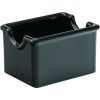
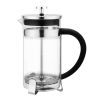
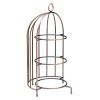
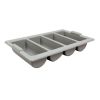

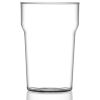

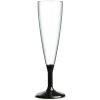


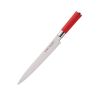


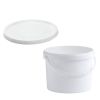
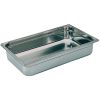
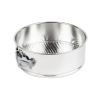
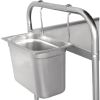
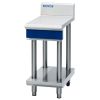
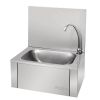
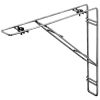
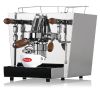
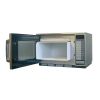
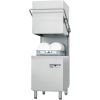
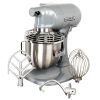
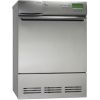

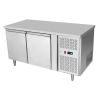

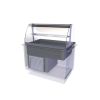
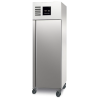




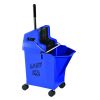

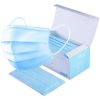



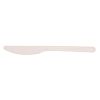

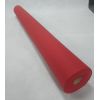
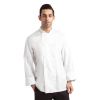
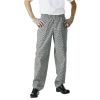
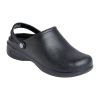
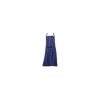
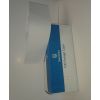

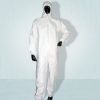
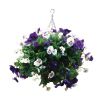
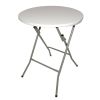
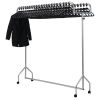
Leave a Comment